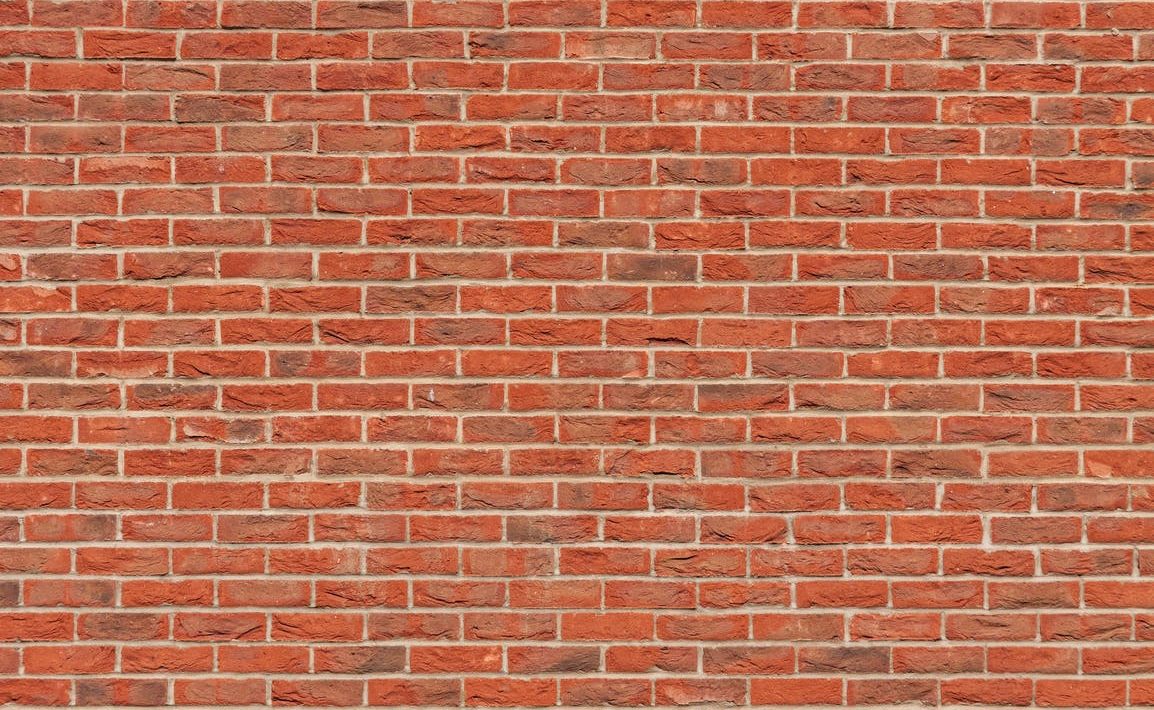Injection molding is used for making a broad range of products, from large ones like automobile dashboards and body panels to little ones like AAA battery cases. Injection molding wall thickness is a crucial aspect that must be considered when designing components and molding procedures. Injection molded items need sufficient wall thickness to provide enough strength for their intended use. The goal is to cut down on the amount of weight and the amount of money spent on materials by making them as thin as feasible.
When it comes to thick wall molding, the thickness plays a vital role in preventing faults that may be created by the wall thickness being either too thick or too thin. For big, complex pieces, the flow resistance of melt resin makes it difficult to fill in voids when the wall thickness is too thin. Molded components may have flaws like bubbles within the part and shrinkage lines on the surface of the wall thickness of the part. It can lead the item to be defective. Because of this, cooling takes longer than necessary and additional resources are expended.
Minimum wall thickness
The simple inquiry of how thick the wall of products must be, leads to several further inquiries, each of which has to have its question answered first. Some things to ask yourself while deciding how thick to make a molded product’s walls:
- Is there a practical use for the wall?
- Is it going to be sturdy and robust enough?
- When applied, will the component be prone to breaking if it’s too flimsy?
- Does the thickness of the wall change depend on the material?
When these problems are resolved, the minimum wall thickness specifications for the component may be established. Given the prevalence of this issue in the design of injection molded parts, norms for wall thickness have been selected for specific materials.
Uniform walls
The molten plastic flows more freely and fills the cavity when the wall thickness of the component is consistent throughout.
The thicker component of the wall cools slower than the thinner section, resulting in the part shrinking as a whole when the walls aren’t uniform in thickness. It causes tensions to accumulate at the interface between the two components. The first, thin layer of a material to cool has solidified and will not bend. However, the thick part may bend, and that can cause twisting or warping. Cracks can form if the bending and twisting are bad enough.
Wall thickness should be kept as uniform as feasible, but if design constraints prevent this from happening, the thickness should vary as smoothly as possible. This issue of uneven wall thickness may be remedied in several ways.
- By cutting away plastic from the thick layer, we can maintain continuity between the wall pieces. The term “coring” is used to describe this process.
- Gussets and other support structures may be included in the part’s construction to prevent warping.
Determining the appropriate wall thickness for injection molding
An essential element of designing injection molded components like plastic gears is figuring out how thick the walls will be. The application requirements determine the wall thickness of the item. The ease of assembly, a reasonable price, appropriate dimensions and a robust design are all such needs. When determining the wall thickness of an item, keep in mind these fundamental guidelines:
- Not too thin, not too thick; the ideal wall thickness is just right. There can be no rapid changes in wall thickness. If a varying thickness is necessary, there should be no abrupt changes in density. (Valium) Shrinkage occurs when the transition is not smooth, which also has a detrimental impact on the part’s fluidity and strength for the reasons already mentioned.
- The optimal thickness is between 2 and 3 millimeters, while anything from 1 to 5 is acceptable.
- Adding a thick, cumbersome framework for extra support is not a good idea. Support structures should have around half the thickness of the body components they are meant to support.
- A single flat structure is an example of a simplistic design that may readily distort.
The best approach to guarantee that your component will be made cost-effectively, improving the quality of your product, is to collaborate with your manufacturer and pick the suitable material for your part and the suggested thickness for that material.





